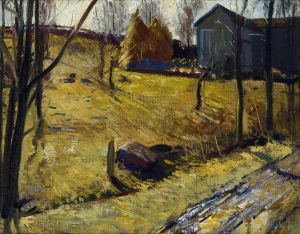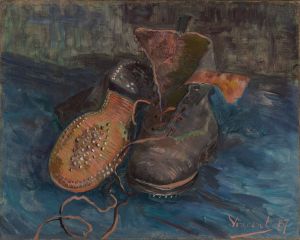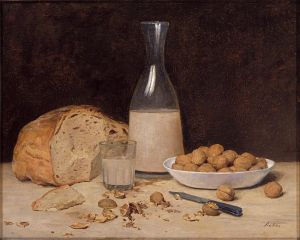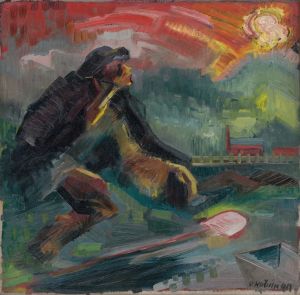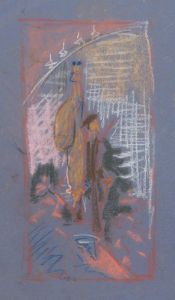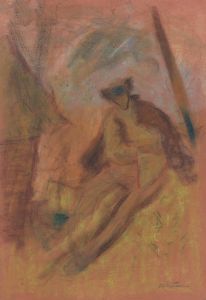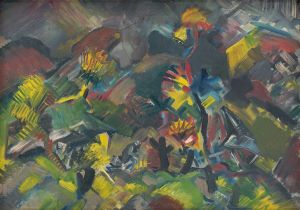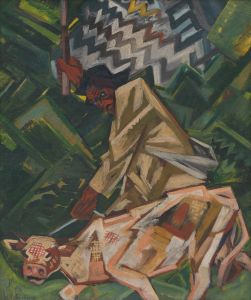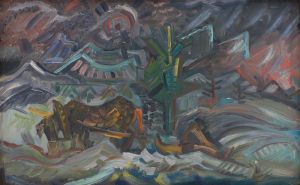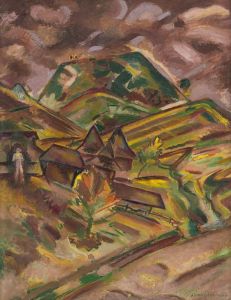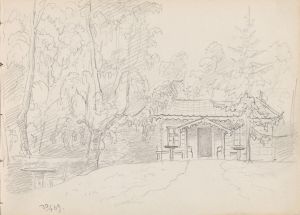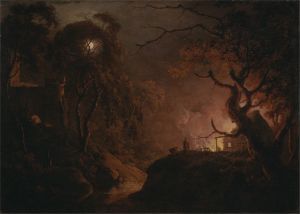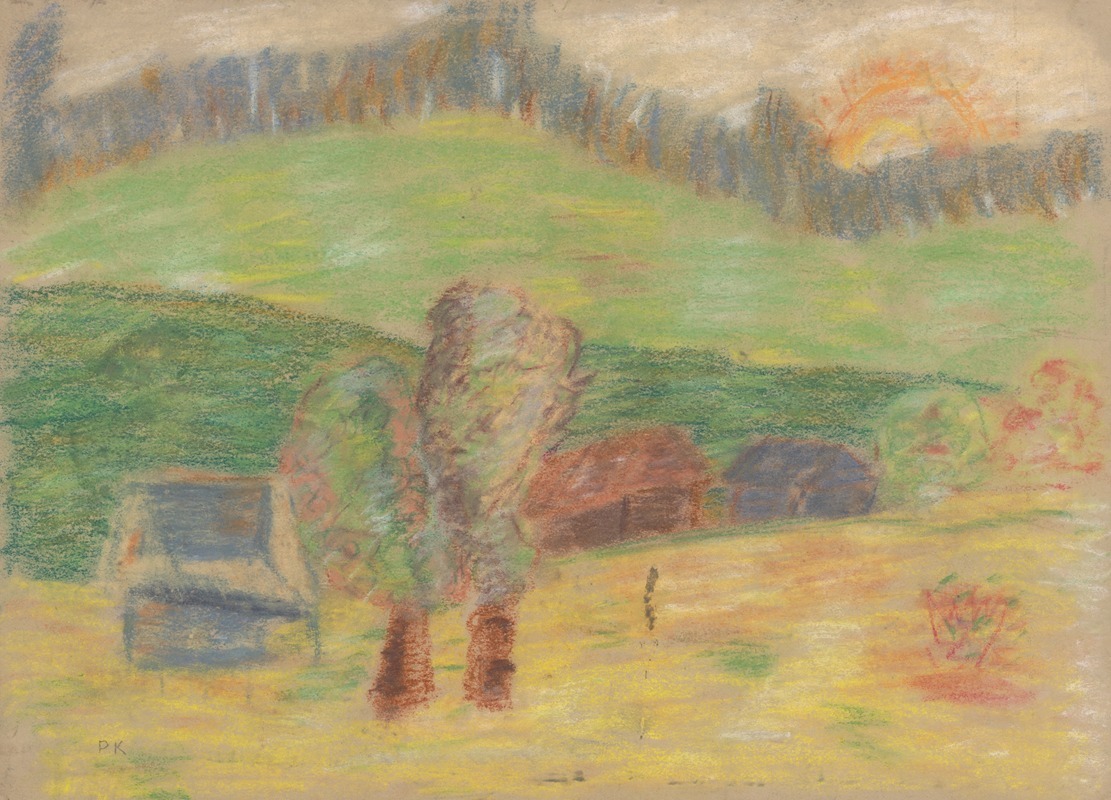
Hay Barn
A hand-painted replica of Arnold Peter Weisz-Kubínčan’s masterpiece Hay Barn, meticulously crafted by professional artists to capture the true essence of the original. Each piece is created with museum-quality canvas and rare mineral pigments, carefully painted by experienced artists with delicate brushstrokes and rich, layered colors to perfectly recreate the texture of the original artwork. Unlike machine-printed reproductions, this hand-painted version brings the painting to life, infused with the artist’s emotions and skill in every stroke. Whether for personal collection or home decoration, it instantly elevates the artistic atmosphere of any space.
Arnold Peter Weisz-Kubínčan was a Slovak modernist painter of Jewish descent, known for his unique artistic style that blended elements of symbolism, expressionism, and surrealism. His works often reflected a deep connection to nature, spirituality, and the human condition. Among his notable works is the painting Hay Barn, which exemplifies his artistic vision and technical skill.
Hay Barn is a depiction of a rural agricultural structure, a subject that aligns with Weisz-Kubínčan's frequent exploration of pastoral and natural themes. The painting is characterized by its vivid use of color, dynamic composition, and emotive atmosphere. Weisz-Kubínčan's approach to this subject matter reflects his ability to transform ordinary scenes into profound artistic expressions, imbuing them with a sense of mystery and transcendence.
The exact date of the creation of Hay Barn is not definitively documented, but it is believed to have been painted during the 1930s, a period when Weisz-Kubínčan was actively producing some of his most significant works. This era was marked by his experimentation with form and his interest in capturing the essence of his subjects through a combination of abstraction and realism.
Weisz-Kubínčan's career was tragically cut short during World War II. As a Jewish artist living in Slovakia, he became a victim of the Holocaust. He was deported to a concentration camp in 1944, where he perished. Much of his work was lost or destroyed during this time, making the surviving pieces, including Hay Barn, particularly valuable as representations of his artistic legacy.
Today, Hay Barn is appreciated not only for its aesthetic qualities but also as a testament to Weisz-Kubínčan's resilience and creativity in the face of adversity. The painting serves as a reminder of the cultural contributions of artists whose lives were disrupted or ended by the atrocities of war. It is housed in a collection that seeks to preserve and honor the memory of Weisz-Kubínčan and his work, ensuring that his artistic voice continues to resonate with future generations.
Due to limited documentation and the loss of many of his works, detailed information about Hay Barn and its specific context remains scarce. However, the painting stands as a significant example of Arnold Peter Weisz-Kubínčan's artistic achievements and his enduring impact on Slovak modernist art.





